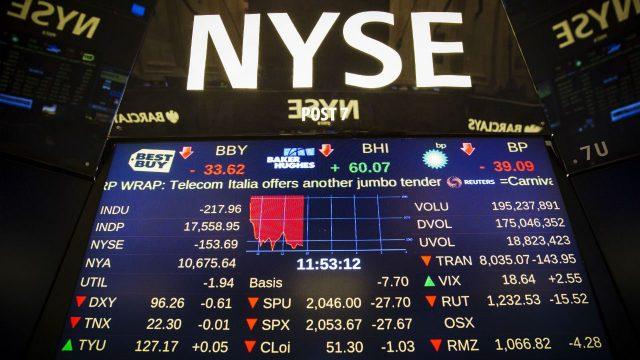The NYSE Composite Index is an index that measures the performance of all stocks listed on the New York Stock Exchange. The NYSE Composite Index includes more than 1,900 stocks, of which more than 1,500 are U.S. companies. Its breadth, therefore, makes it a much better indicator of market performance than narrow indices that have far fewer components like the Dow Jones.
The weights of the index components are calculated based on their free float market capitalization. The index itself is calculated based on price performance and total return, which includes dividends.
Ideas clave
The NYSE Composite Index is a trackable index that reflects the performance of all stocks listed on the New York Stock Exchange.
The index includes more than 1,900 stocks, at least 1,500 of which are U.S. companies, as well as real estate investment trusts (REITs) and tracking stocks.
The NYSE Composite Index has a perceived quality due to strict listing requirements and global diversity due to the breadth of its holdings.
Understanding the NYSE Composite Index
The NYSE Composite Index includes all stocks listed on the NYSE, including foreign stocks, American depositary receipts, real estate investment trusts, and tracking stocks. The index excludes closed-end funds, ETFs, limited partnerships and derivatives.
The two biggest benefits to investors of the NYSE index are (a) its quality, since all of its components must meet the exchange’s strict listing requirements, and (b) its global diversification, with non-U.S. companies representing more than one third of the market capitalization. Foreign companies listed on the NYSE are headquartered in 38 different countries, with the majority of foreign issuers from Canada, China, the United Kingdom, Japan and Mexico.
The NYSE index is seen as a better proxy for the broader stock market than many of its narrower counterparts, due to the number of components it has and the overall diversity of its holdings.
How the NYSE Composite Index Works
According to the New York Stock Exchange, its composite index was first established in 1966. It was reintroduced in 2003 using a new methodology that is more in line with the index methodology applied by the popular broad-based US indices.
Currently, the NYSE Composite Index is calculated and maintained by S&P Dow Jones Indexes. Previously, the composite index was calculated by Securities Industry Automation Corp.
Under current methodology, the composite index no longer considers a variety of securities classes eligible for inclusion: closed-end funds, ETFs, preferred shares, derivatives, beneficial interest shares, trust units and limited partnerships.
The last trading price of the included securities is applied to calculate the composite index. Maintenance includes regular monitoring and adjustments made for companies that are added or removed from the index, as well as other actions including stock splits, corporate restructuring, and spinoffs.
Certain company actions, such as stock splits and stock dividends, may require simple changes to the composite index to take into account common shares outstanding as well as stock prices for the companies included.
An adjustment of the index divisor may be required for other types of activity, including the issuance of shares, which lead to changes in the free float adjusted global market capitalization of the composite index.
Historical behavior
| Year | Change in the value of the NYSE index |
| 1999 | 9.15% |
| 2000 | 1.01% |
| 2001 | −10.21% |
| 2002 | −19.83% |
| 2003 | 29.28% |
| 2004 | 12.16% |
| 2005 | 6.95% |
| 2006 | 17.86% |
| 2007 | 6.58% |
| 2008 | −40.89% |
| 2009 | 24.80% |
| 2010 | 10.84% |
| 2011 | −6.11% |
| 2012 | 12.93% |
| 2013 | 23.18% |
| 2014 | 4.22% |
| 2015 | −6.42% |
| 2016 | 9.01% |
| 2017 | 14.83% |
| 2018 | −11.85% |







